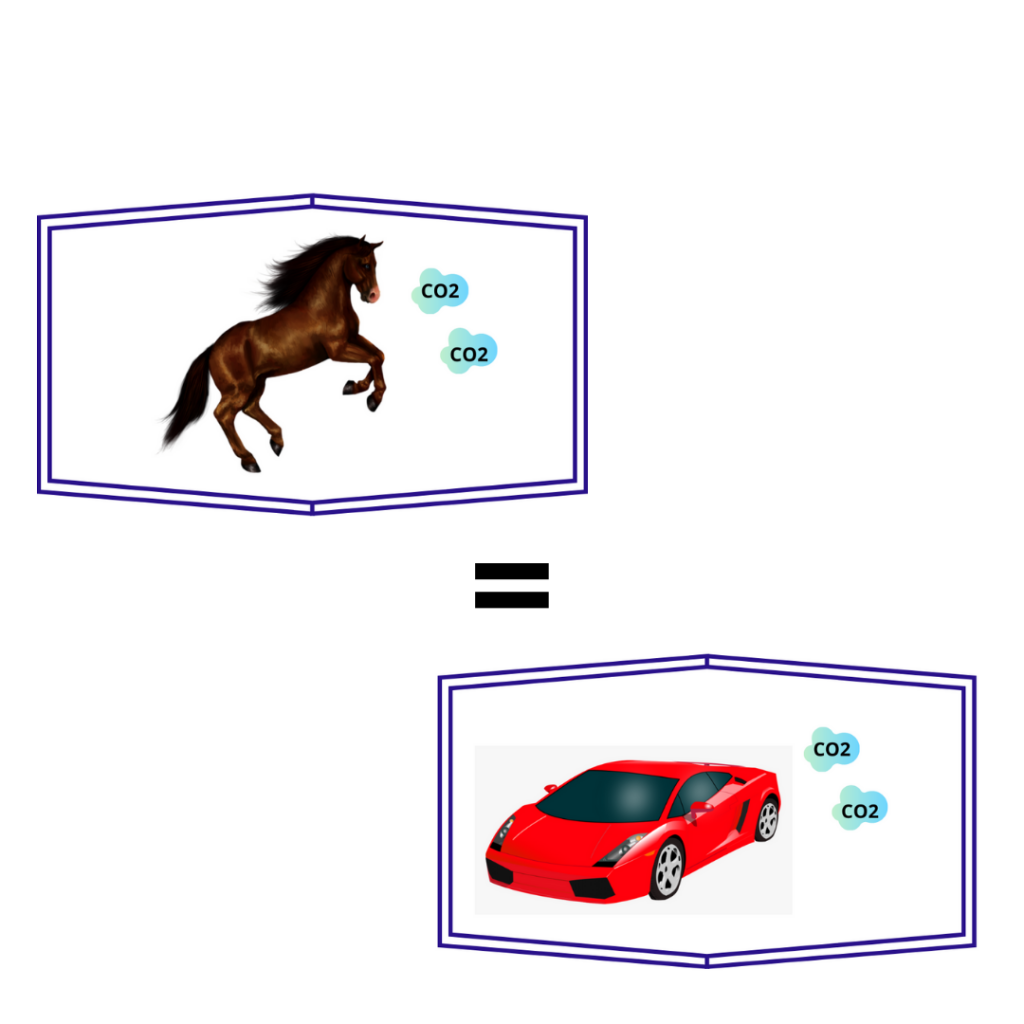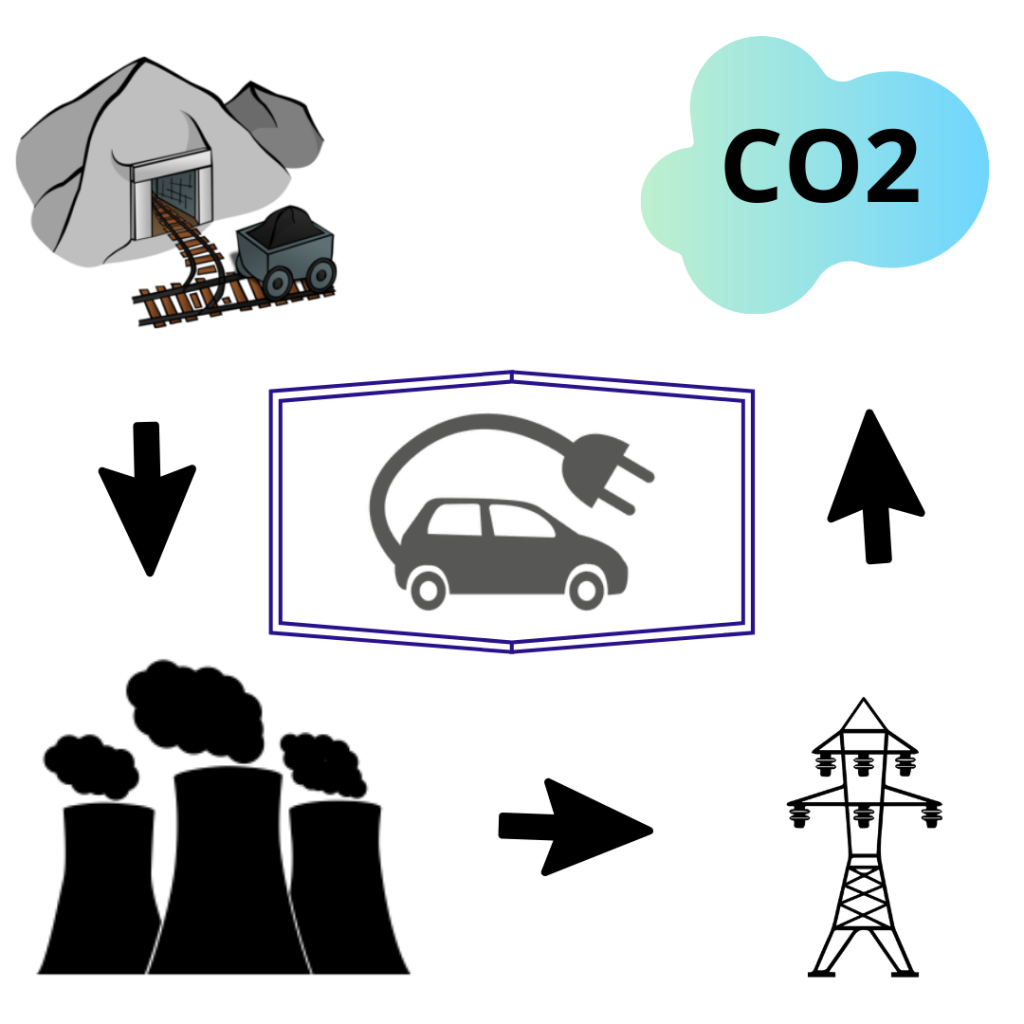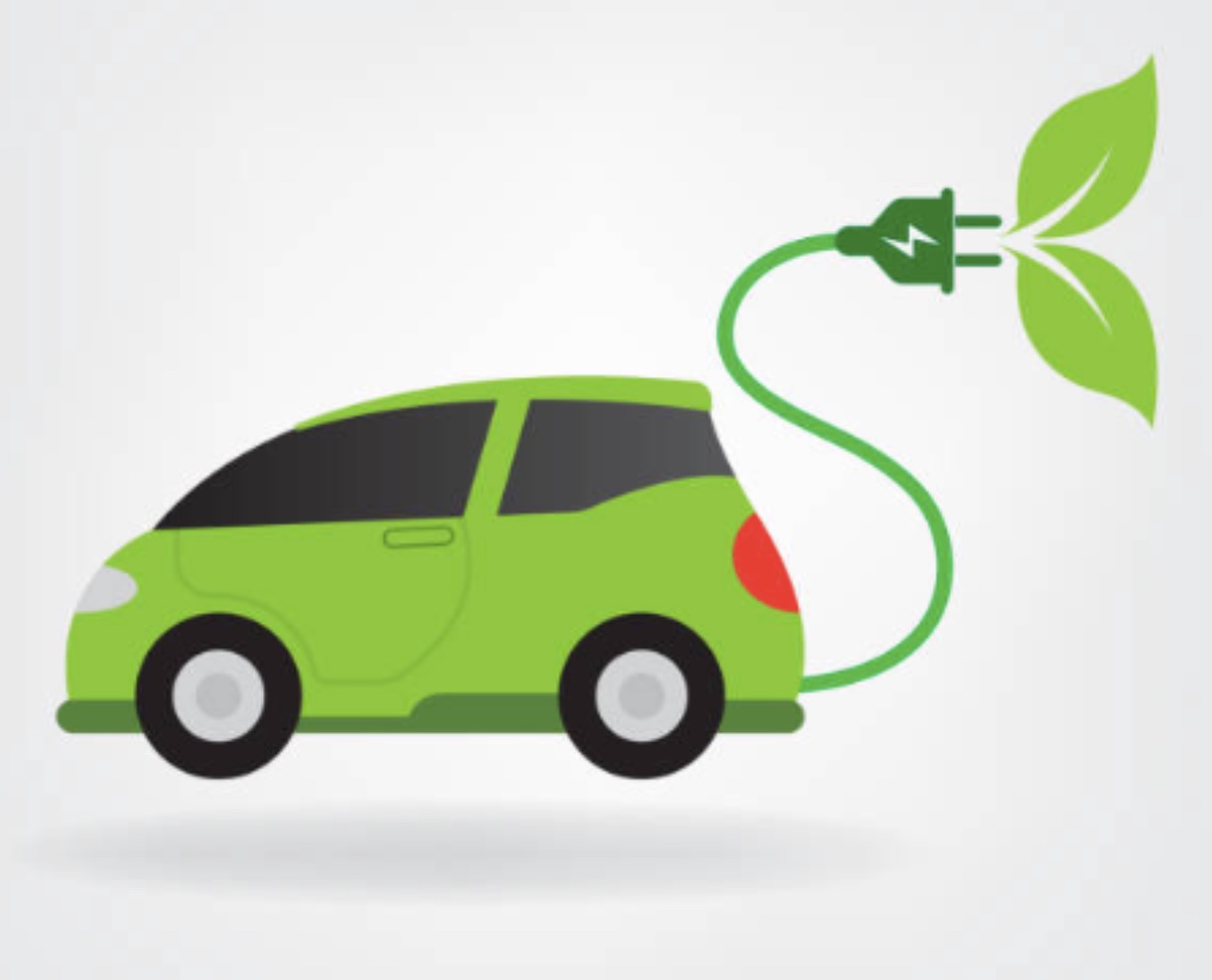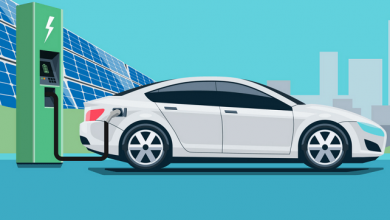How India Can Tackle Climate Change And Win The Ev Race

Across the globe, countries have been grappling with the concerning problem of air-polluting emissions and committing to dedicate resources to improving air quality. Air purification needs both the private and public sectors to invest significantly in clean energy technology and transition from traditional houses to smart houses and from conventional vehicles to electric vehicles (EVs).
At present, fossil fuel combustion is the world’s fundamental mode of energy generation. The CO2 created from this process accounts for over 70% of the total concentration of ozone-depleting gases emitted, triggering serious issues in resources, the climate, and environmental change. These issues have set off global action towards energy preservation and reduction in emissions.
Although in April this year, India experienced a 30 percent decrease in carbon emissions, the first decrease in four decades; as per G20’s climate change report, the country needs to limit carbon emissions not to exceed the global warming target.
Vehicular emissions account for about 40% of air pollution in Indian cities. The country held the worst pollution record in 2019, with 21 out of the world’s 30 most polluted cities. In addition to this, India is also trying to control the crude oil import bill that stood at USD 102 billion in the financial year ended March 2020, which accounts for around 80% of its oil needs.
Electric vehicles (EVs) are essential to meeting global goals on tackling climate change. Battery-powered EVs promise zero tailpipe emissions, reduced air pollution in cities, and cheaper renewable energy in India. But first, let’s understand how clean is a petrol/diesel car compared to an electric vehicle.
Calculating CO2 emissions reduction by Electric Vehicle:
Comparing EVs with conventional vehicles is complex as even though EVs do not directly emit any greenhouse gas, fossil fuels still power electricity for our cars in large parts of the world.
A dominant methodology used to assess Greenhouse gas (GHG) emissions and energy savings in transport is the Well-To-Wheels (WTW) analysis. Also known as life cycle assessment, the WTW assesses a product or service’s environmental impact throughout its lifespan.
Small petrol car vs. Small electric car
Petrol has a calorific value of 34.3 MJ/liter. (34300000 Joules or 9528 Wh or 9.5 kWh)/liter.
The fully considered well-to-wheel efficiency of a petrol-powered car is equal to Petrol’s energy content (34.3 MJ/liter) minus the refinement & transportation losses (about 33% in India) multiplied by the km per liter.

So a regular petrol car giving 15 km/liter has an efficiency of 1/(34.3 divided by (100% minus 33%)) x 15 km/l = 0.29 km/MJ or 0.29 km/277 Wh. In other words, to travel a distance of 1 km, a small petrol car must expend 3.45 MJ or 955 Wh of energy.
Hence, a small electric car is more than 2.5 times efficient than an equivalent petrol car.
All vehicles produce greenhouse gases; however, EVs naturally have fewer air pollutants and emissions over their life than traditional fuel or diesel vehicles. EV drivers can further limit these emissions by utilizing renewable sources like solar and wind, thus closing the carbon loop.
Ideal roadmap for lower emissions from transportation
Despite a compelling case for adoption, EVs have witnessed limited success due to weak customer appetite, infrastructure roadblocks, customer concerns regarding range, speed, upfront costs, battery life, and battery technology.
If India aims to reach 30% EV penetration by 2030, an estimated saving of up to 846 million tonnes of net CO2 emissions and 474 million tonnes of oil equivalent (Mtoe) will be made possible.
A robust implementation framework and a step-by-step approach are needed to develop the electric vehicles’ ecosystem to achieve this goal. Issues today identify with public versus private transportation, battery charging versus swapping models; nature and amount of incentives; and energy storage technology advancement.
Building the EV ecosystem:
i. Public transportation
Our underlying focus must be on public transportation —bus, taxi, and auto fleets. Public transport in India is the major consumer of diesel and petroleum, and they are expected to double by 2030. Our primary goal is to electrify vehicles that travel long distances every day. In personal transport, two-wheelers undeniably need to be prioritized as India has one of the largest two-wheelers markets across the globe.

Personal cars are a focus in developed countries as they are the primary mode of transport. In a country like ours, attempting to subsidize a few vehicles with inadequate charging infra will not reduce oil consumption and emissions and only lead to wasteful expenditure.
ii. Charging infrastructure
The charging infrastructure plays a crucial role in encouraging widespread consumer adoption and use of EVs. As the EV industry is still in a nascent stage in India, the government needs to focus on the availability of power vis a vis the actual load required.
Many households around the world have parking locations with access to electricity plugs. For many others, such access will require new investments and modifications of electrical systems. This could be a lot more challenging in India, as many Indian households do not have garages. An additional lack of highway charging infrastructure limits long-distance and intercity travel.
Public charging infrastructure could incorporate swift recharging opportunities through fast recharge systems or battery swapping stations that permit speedy replacement of discharged battery packs with fully-charged ones. The battery can help decrease battery ownership costs for EV customers employing innovative business models as swapping fees cover electricity and battery costs on an incremental basis.
Since charging infrastructure requires large amounts of capital, it is slow to produce returns and could worsen the traffic congestion, it would be wise to invest in the battery swapping model. Swapping stations can be located at bus depots or petrol pumps, supplying fully charged batteries, reducing the waiting time to 2-3 minutes while storing batteries in conditions that help enhance the battery life.
iii. India’s demand for energy
Compared to international markets, India’s challenges are quite different. Furthermore, the electricity supply keeps fluctuating in many regions and is not consistent across the country.
As per BSES Rajdhani Power, India’s demand for electricity currently is around 200-300 GWh. India’s power generation capacity was 366 GW in 2019. Attaining a 30% market penetration of electric vehicles by 2030, electricity demand to power EVs is expected to increase to an estimated 1,110 TWh by 2030 to meet the EV30@30 goal.
According to the Brookings Institution India report, EVs will account for more load capacity than industries such as steel. The total demand for electricity for EVs may fluctuate in the range of 37 and 97 TWh under 33 percent and 100% penetration of EVs in sales by 2030, assuming passengers only travel between cities.
Setting up a demand-side management (DSM) program will encourage consumers to modify their electricity consumption patterns. In case of overloading, electricity consumption may rise by up to 10%. To tackle the excess demand challenges, the consumer would have to either pay more or utilize less electricity during the peak period.
iv. Integrating Renewable Energy with EV charging and storage
If charged primarily with fossil fuel-based generators, EVs could result in substantial GHG emissions. As per a study, given China’s reliance on a coal-fired grid, EVs can contribute two to five times more smog than fuel-powered vehicles.
Out of the total 366 GW of India’s power generation capacity, 84 GW was from grid-connected renewable electricity. Industry experts believe that as the demand for EVs increases, more consumers will demand rooftop solar charging stations.
To meet the excess demand, the Indian government plans on producing 450 GW of electricity from renewable energy sources by 2030. Attractive government policies and regulations that boost indigenous products and lower utility-scale projects will play a critical role in helping the country reach its goal.
With the battery and PV solar cell prices reducing, the generation of electricity from solar alternatives has emerged as an ideal option for the near future. Daytime charging by solar could prove more suitable and beneficial for battery swapping models.
Most importantly, EV charging stations’ electricity consumption needs to be self-sustained to ensure optimum solar energy-based electricity utilization.
v. Indigenization of battery assembly and EV components’ manufacturing
An essential step in the transition process is manufacturing EV components and facilitating battery assembly indigenization, not to replace oil imports with battery imports.
vi. Plug-In Hybrids
Retaining the entire ICE system, PHEVs are a critical intermediate step in further accelerating the all-electric transition. PHEVs are less dependent on the charging infrastructure and relatively less expensive (depending on battery costs and range) than EVs. They are familiarizing consumers who are not ready to switch to fully-electric cars yet due to issues relating to vehicle and battery costs, charging infrastructure, and range anxiety.
Plug-In Hybrids can help the government and the industry facilitate the transition to fully-electric cars and, in the interim, make an immediate image of air quality and climate change. The right policies and subsidies in place can help urban consumers adopt PHEVs and gradually accelerate EVs’ acceptance.
The EaaS Business Model
Decoupling battery and vehicle costs can enable EVs to be sold at more competitive prices – although this is directly influenced by the infrastructure and the business models adopted.
With the new Energy-as-a-Service (EaaS) business model, the approach shifts from asset-focussed, centralized power generation and its sale to passive consumers. Instead, it addresses the energy efficiency gap by offering end-to-end management of a customer’s energy assets and services.
EaaS encourages customers to pay for energy as a service without making any significant upfront capital investment. They are usually subscription-based for electrical devices owned by a company to deliver desired energy service. The model benefits customers by its potential for deploying low-carbon technologies.
The frontrunners (2W & 3W)
Light electric mobility that includes two and 3-wheelers will lead the adoption curve in India, e-buses, and passenger taxis. 2 and 3-wheeler EVs can prove vital options for last-mile transportation and delivery of lightweight goods for short distances.
Penetration of electric 2-wheelers in India may rise to 35% and 3-wheelers by 75% by 2030. An electric 2-wheelers’ total cost of ownership (TCO) is lower than that of Petrol. Lower operating price offers a strong rationale for the business-to-business segment to shift focus to electric 2- and 3-wheelers over internal combustion engines.
Author:
Rakesh is a prolific enthusiast of automotive powertrain technology which is powered by alternative fuels. He has enriching experience on current and future automotive powertrains in terms of engineering as well as business/ execution. Currently he is working towards building a solid battery swapping market in India for electric 2W and 3W’s.
Published in Telematics Wire




